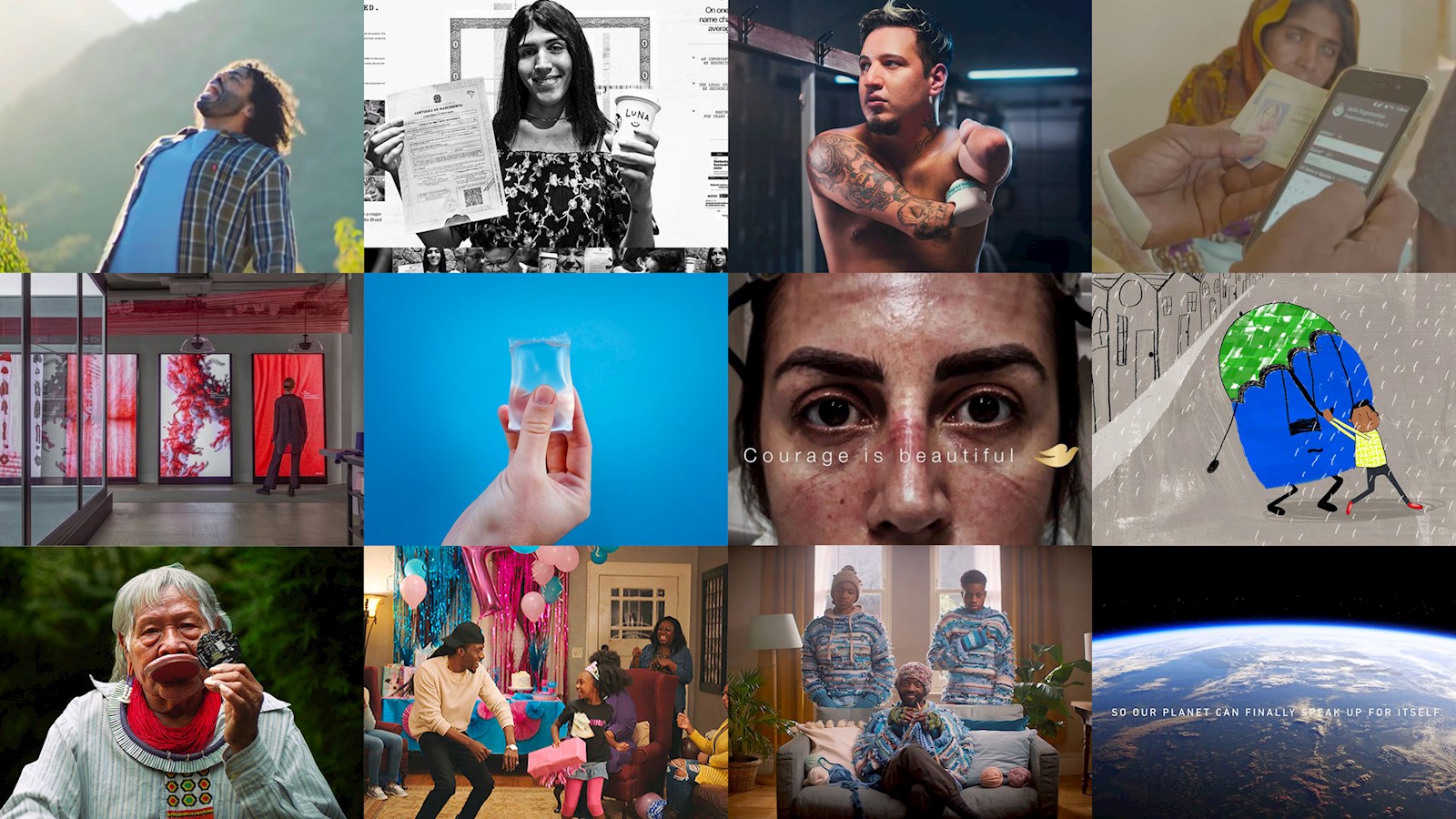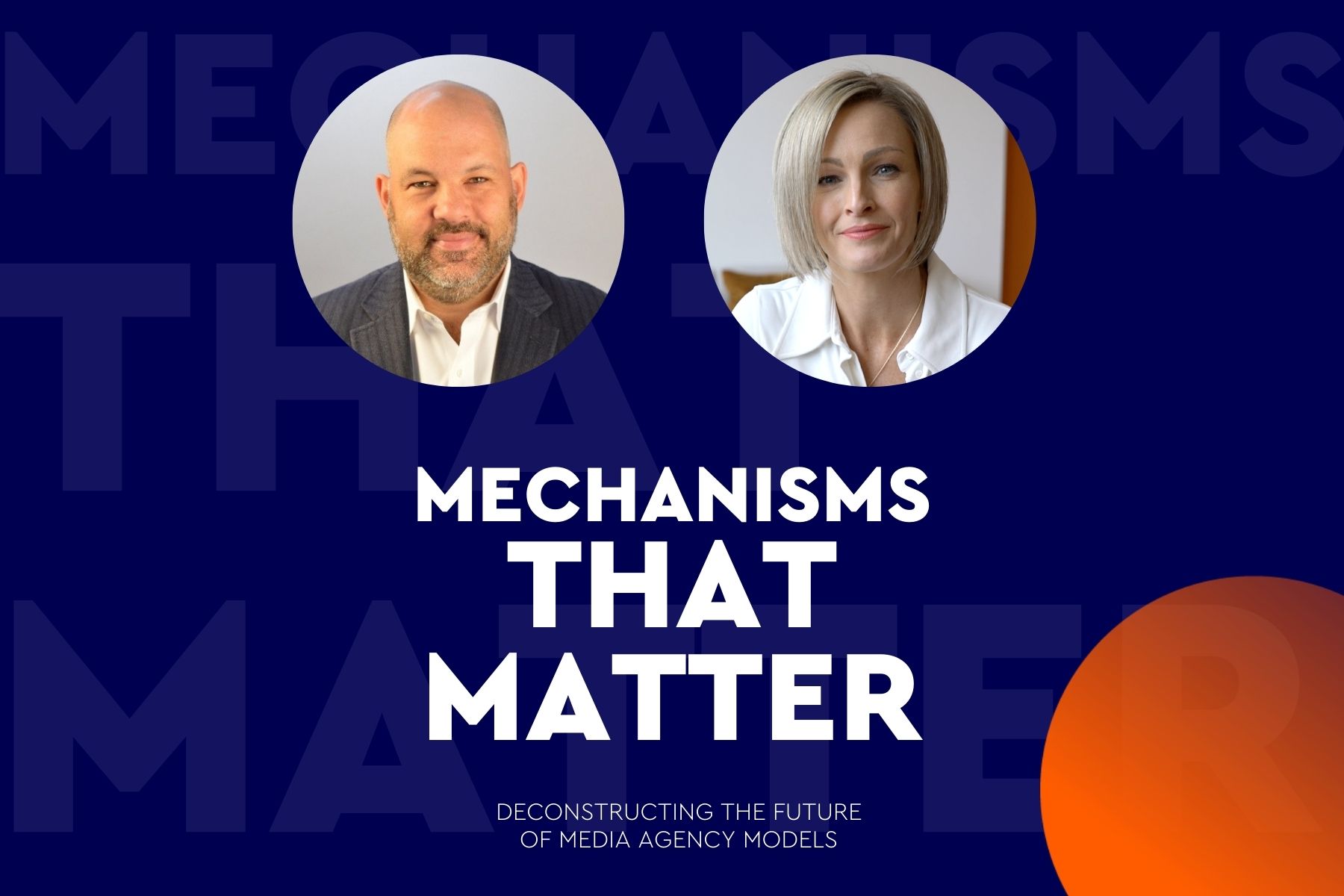
The power of creativity to drive change for the better
As the world begins to emerge from the pandemic, we face some of the biggest challenges of our time, none more important than the urgent need to create a fairer, more equal, more sustainable society.
The good news is that after an incredibly difficult 18 months, there is fresh impetus behind efforts to tackle these challenges – from individuals, movements, governments and, of course, businesses.
We are approaching a watershed moment, in which brands will play a central role. Eighty-five percent of today’s consumers believe brands should be about something more than just profit1. From combatting climate change to finally tackling systemic racial inequity head on, it is no longer a question of “if” but “how” – how do we ensure the new conversations we are having as a society, the pledges being made and targets being set translate into tangible change?
The answer is that people need to be motivated to change their behaviours and attitudes. In some cases, they may need to accept as fact that which they previously viewed as opinion. They may need to shed their biases (some conscious, others not) or escape from their echo chambers to hear and understand new perspectives.
The problem is that with so much noise out there and with so many voices competing for the public’s attention, it can be difficult to cut through and reach people in ways that inspire them to change.
This got me thinking about the power of our creativity, so vividly on display at the Cannes Lions festival last month, to bring about positive societal change. Because to motivate the widespread behavioural changes needed to meet this moment, we need to be disruptive. We need to present new ideas that challenge preconceptions and blindside biases and dogmatic ways of thinking. We also need to provide creative, practical solutions to complex everyday problems to make it easier for people to adopt new behaviours and make it more difficult for them to accept the status quo.
David Attenborough’s Blue Planet II in 2017 is a great example of how the right creative work can completely change the conversation around an issue. That TV series didn’t just raise consumer awareness, it helped to reshape corporate attitudes and inspire actions that led to new government policies on plastics. This is the power of the right message combined with the best creative work.
There are many examples of this in action across WPP. P&G’s The Choice, by Grey and Cartwright, asks white Americans to step up and use their power to take action against racism. Launched on 10 June 2020 during Oprah’s Where do we go from here? town halls, it generated 528 million impressions in its first 20 days.
To change consumer attitudes to waste, AKQA helped H&M give customers an opportunity to turn old clothing into something new with Looop, the world’s first in-store garment-to-garment recycling system. Housed in an H&M store in central Stockholm, visitors select one of eight new, ready-to-wear designs, configured through the app, and watch as unwanted garments are fed into the Looop to get cleaned, shredded and spun into yarn without the use of water or chemicals.
As states across the US issued stay-at-home orders last year, MediaCom helped Uber to boycott its own product by actively discouraging people from using the service. A comprehensive campaign across social media, TV, print and out-of-home effectively served as a public service announcement, reinforcing the efforts of the health authorities.
Wunderman Thompson developed the world’s first inclusive and adaptive deodorant. Twisting a deodorant cap, turning a stick or pushing down on a spray button can be a real challenge for people with limited arm mobility or visual impairment, so the agency helped Unilever to prototype and launch Degree Inclusive, a revolutionary new deodorant with a hooked design for one-handed usage, magnetic closures that make it easier for those with limited grip or eyesight, and instructions in braille.
And in Brazil, where trans people often suffer prejudice when they don’t have their new names on official documents, VMLY&R helped Starbucks transform into a registry office, inviting trans people to have their names legally changed in a place where they are always welcome. Daily legal name changes in São Paulo increased by seven times as a result.
Besides showcasing great, impactful work, these examples remind us that creativity isn’t one thing. It can be a new approach to an old problem, thought-provoking copy, imaginatively applied technology, ingenious media strategy or powerful production and imagery. But they do have one thing in common: they bridge the value-action gap, changing actions and improving outcomes. As an industry, this must be our new mission.
Beyond a moral obligation, there’s a commercial incentive for brands to enable change and tell these stories. People are choosing to live in more sustainable, socially responsible ways and are turning to brands to make that possible. Kantar estimates that 95% of consumers believe brands are responsible for tackling environmental concerns and that those perceived to have a high positive impact on society grow 2.5 times faster. Bank of America found that 90% of people believe companies have an environmental and social responsibility, while Forbes says employees are 83% more loyal to a company that prioritises ESG.
Our industry has already demonstrated its potential to drive this change. Rarely in modern history has the extraordinary power of creative communications been more apparent than in the last 18 months, as governments, NGOs and brands raced to produce life-saving public health messages, to counter misinformation and to break down vaccine hesitancy. WPP’s pro bono work for the World Health Organization throughout the pandemic is just one example of how the marketing services sector has lent its skills to the fight against COVID-19.
The pandemic has reshaped society in ways we hadn’t even begun to imagine two years ago. Our priorities are shifting and behaviours are changing faster than ever before. The urgency of tackling issues such as racial justice and sustainability will continue to accelerate, presenting tough questions and exciting opportunities for brands.
At this pivotal moment, the winners will be those who harness creativity to cut through the noise and deliver authentic, meaningful content and ideas that change attitudes, provide new solutions and inspire action. The “new normal” is yet to be defined; creativity has the power to ensure that what comes next is better than what came before.
|
published on
14 July 2021
Category
More in Communications

Rebranding cancer: how brands heal and hurt
Along with consumer brands, the ‘brand’ of condition or event influences us.

Mechanisms that Matter – Inside WPP | Ford’s revolutionary marketing model
How a process created on the factory floor over 70 years ago has transformed ops for the auto giant

How to build your brand in-game
A new research report from WPP and SuperAwesome

